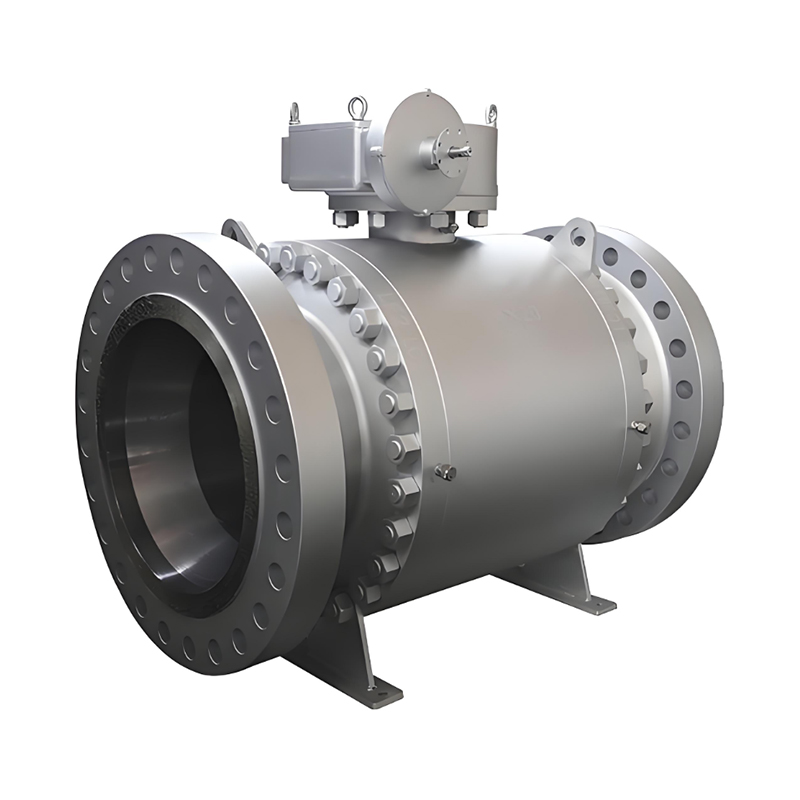
Trunnion ball valves are widely used in various industries for controlling the flow of liquids and gases. Their ability to provide tight sealing and prevent leakage makes them a preferred choice in many applications. Understanding how trunnion ball valves achieve this reliable sealing helps to appreciate their design and operational advantages compared to other types of valves.
One of the key features of trunnion ball valves that contributes to tight sealing is their unique ball support system. Unlike floating ball valves, where the ball is held in place only by the seats, trunnion ball valves have the ball supported by a trunnion shaft at the top and sometimes the bottom. This fixed support reduces the torque needed to operate the valve and prevents the ball from moving under high pressure. As a result, the seats can maintain consistent contact with the ball, which enhances the seal and reduces the risk of leakage.
The sealing mechanism in trunnion ball valves often involves resilient seats that are designed to press firmly against the ball surface. These seats are usually made from materials like PTFE or other polymers that provide elasticity and resistance to wear. When the valve is closed, the seats push against the ball, creating a tight barrier that prevents fluid from passing through. The design ensures that even if there is slight wear or pressure fluctuations, the seats continue to maintain effective sealing.

Another factor that helps trunnion ball valves prevent leakage is their ability to handle high pressure and temperature conditions without compromising the seal. The trunnion support system allows the valve to operate smoothly under severe service conditions, including high pressure differentials. This stable ball positioning means the seats do not experience excessive stress or deformation, which might otherwise cause leakage paths. Therefore, trunnion ball valves are often selected for pipelines or systems where maintaining a reliable seal is critical.
In addition, many trunnion ball valves incorporate secondary sealing features to provide extra protection against leaks. For example, metal-to-metal seats can be included as backup seals in some designs. These provide a strong barrier in cases where the primary seats might fail or be damaged. This redundancy enhances the valve's overall reliability in maintaining tight sealing even after extended use.
The construction quality of trunnion ball valves also contributes to their leak prevention capabilities. Precision machining ensures that the ball and seats fit together with small gaps. Tight manufacturing tolerances reduce the chances of fluid bypassing the seal. Furthermore, the use of advanced sealing technologies and materials helps these valves withstand harsh environments, such as those involving corrosive or abrasive fluids.
Regular maintenance and proper installation are important for ensuring that trunnion ball valves continue to provide tight sealing over time. Checking seat conditions, lubrication, and alignment of the trunnion shaft helps prevent premature wear or damage. With appropriate care, these valves maintain their ability to prevent leakage and operate effectively.
Trunnion ball valves ensure tight sealing and prevent leakage through a combination of their supported ball design, resilient and sometimes metal-to-metal seats, ability to handle high-pressure conditions, and precise manufacturing. Their engineering allows for stable operation and consistent sealing, making them suitable for demanding applications where leakage control is essential. This combination of features makes trunnion ball valves a reliable option for managing fluid flow safely and efficiently.

